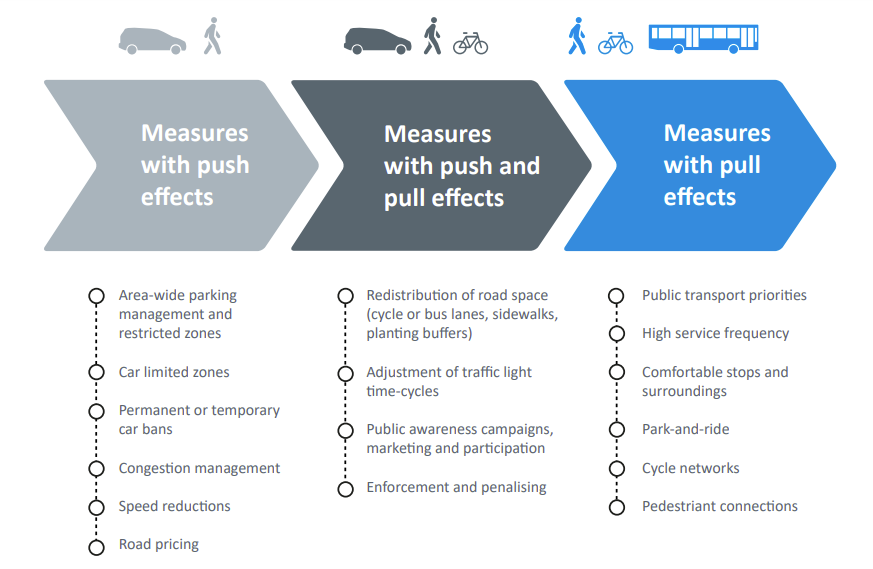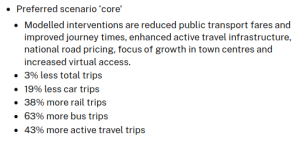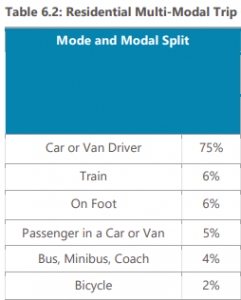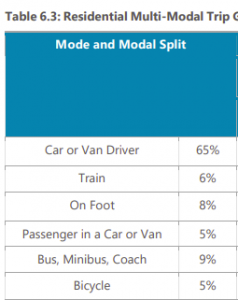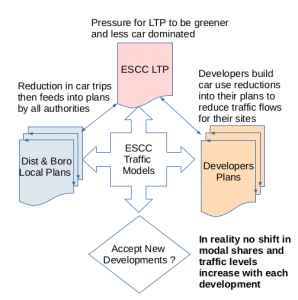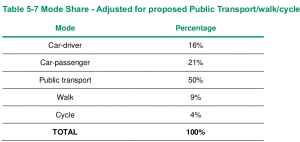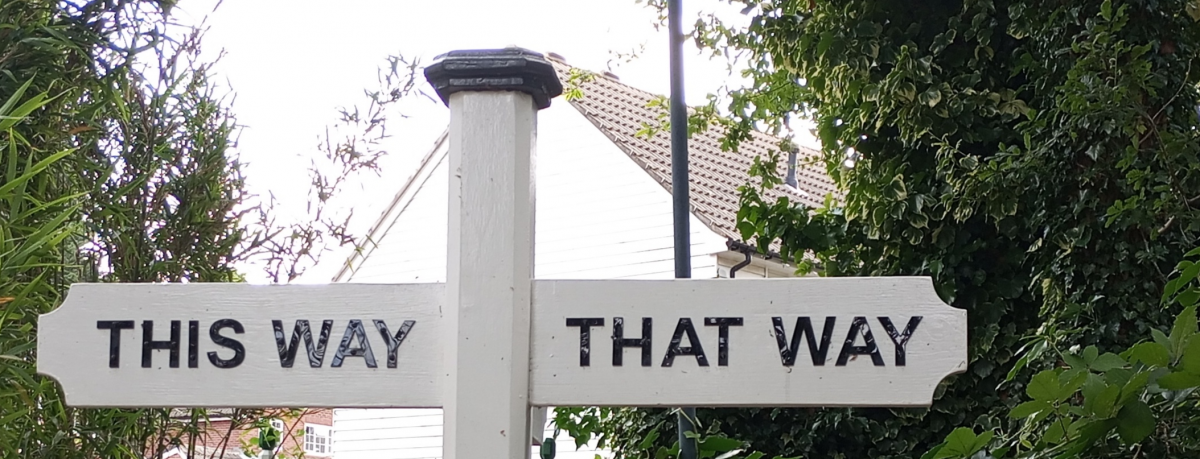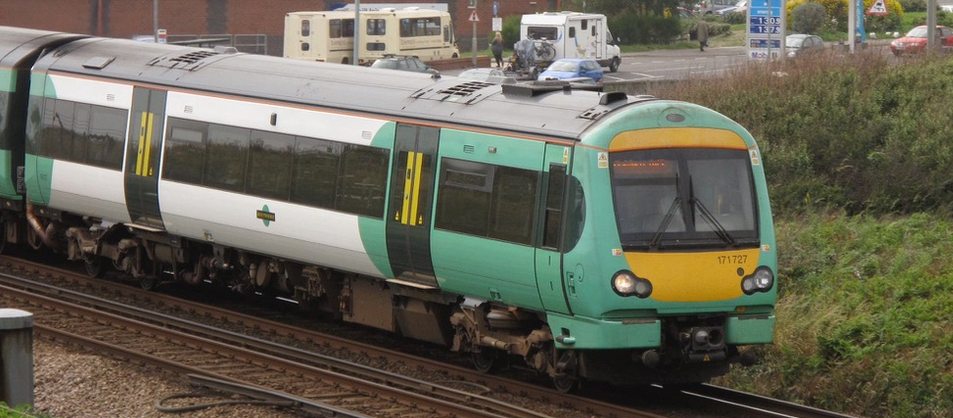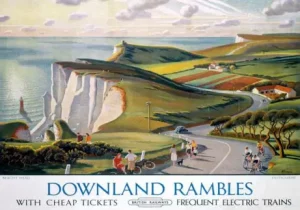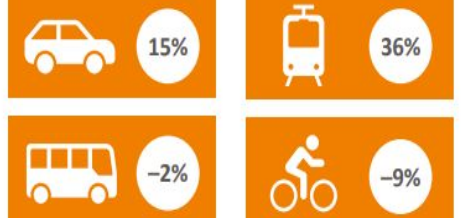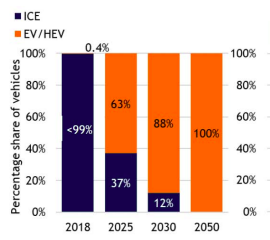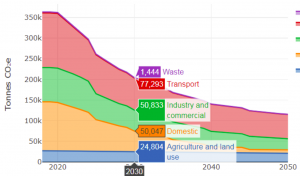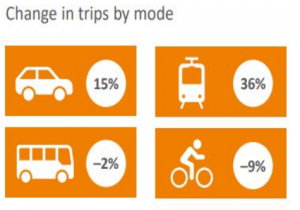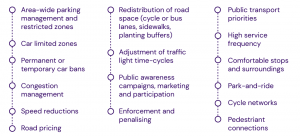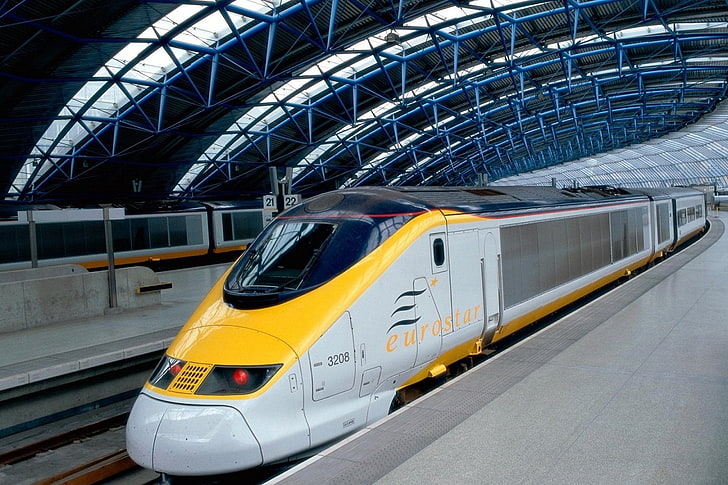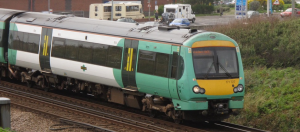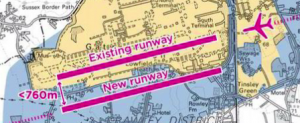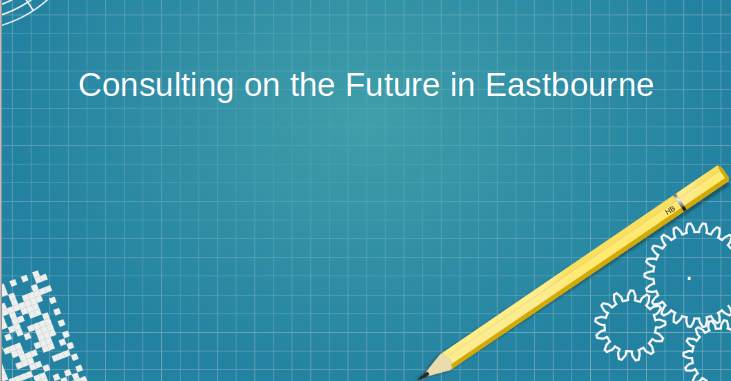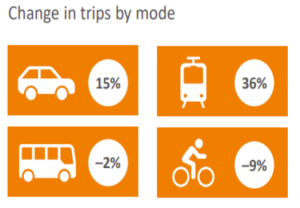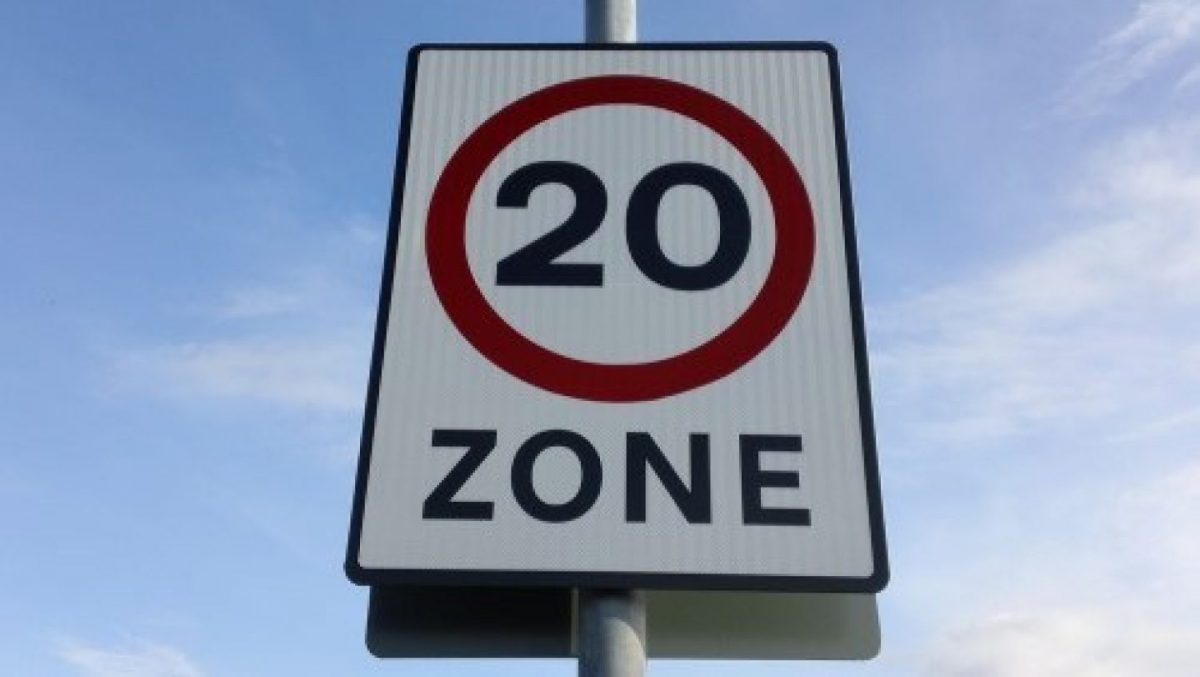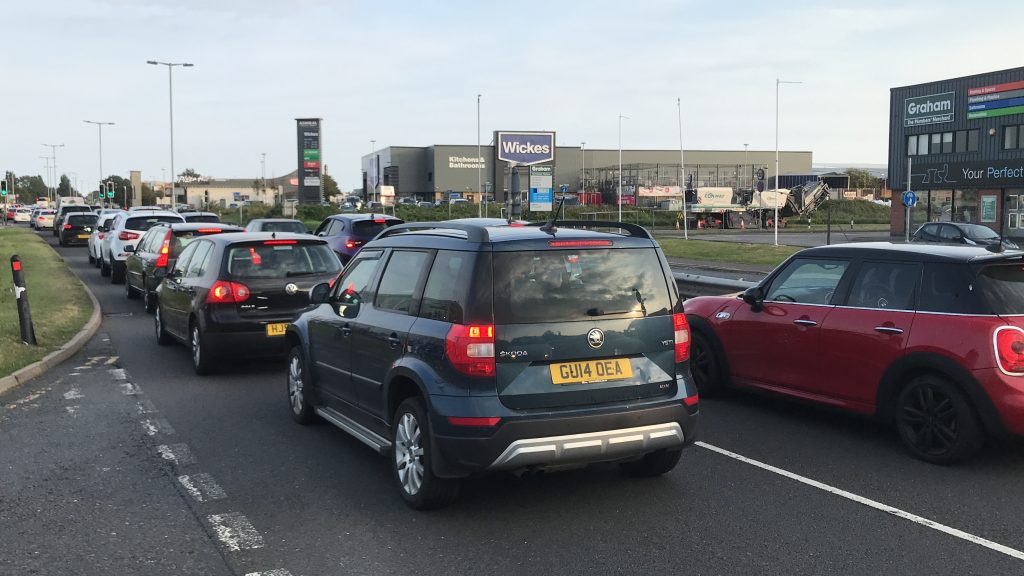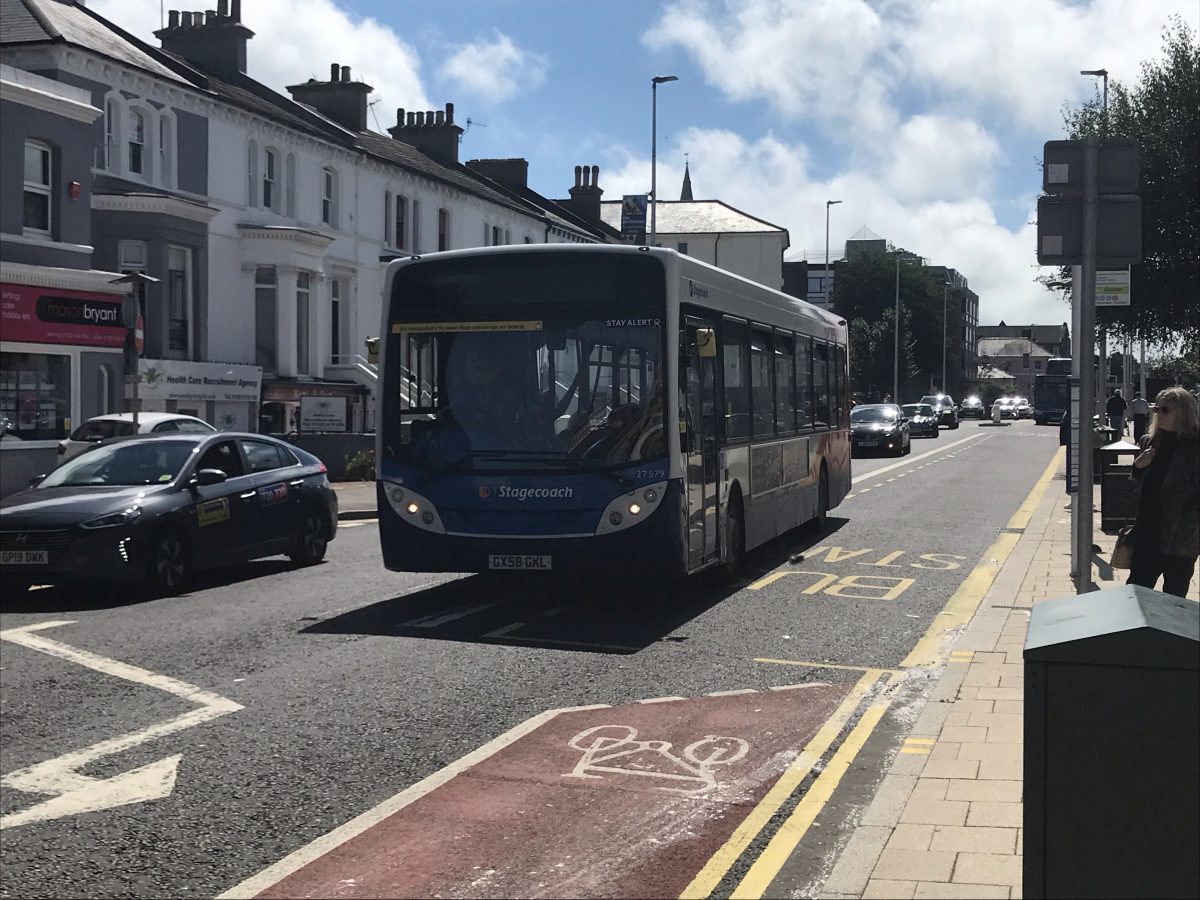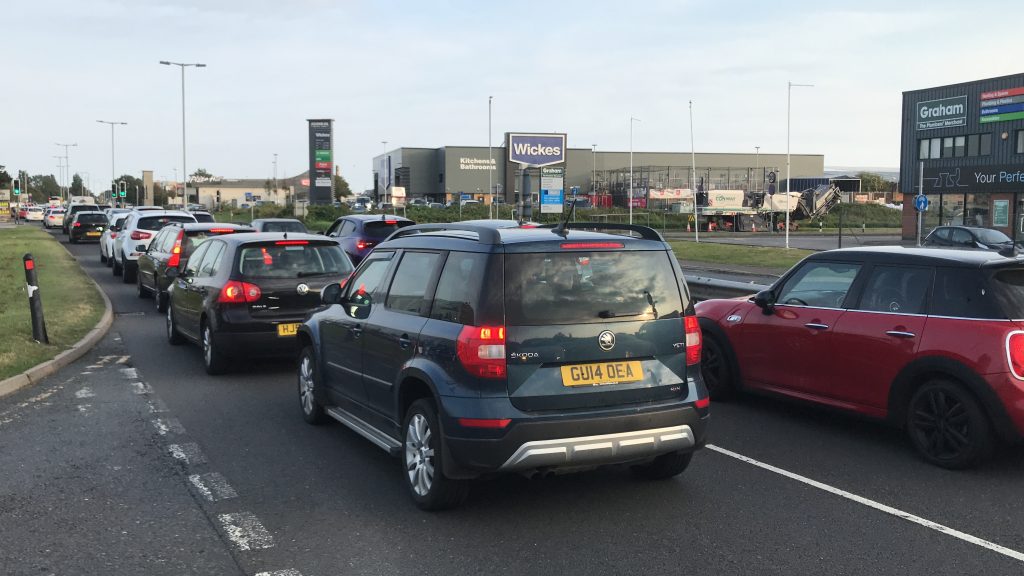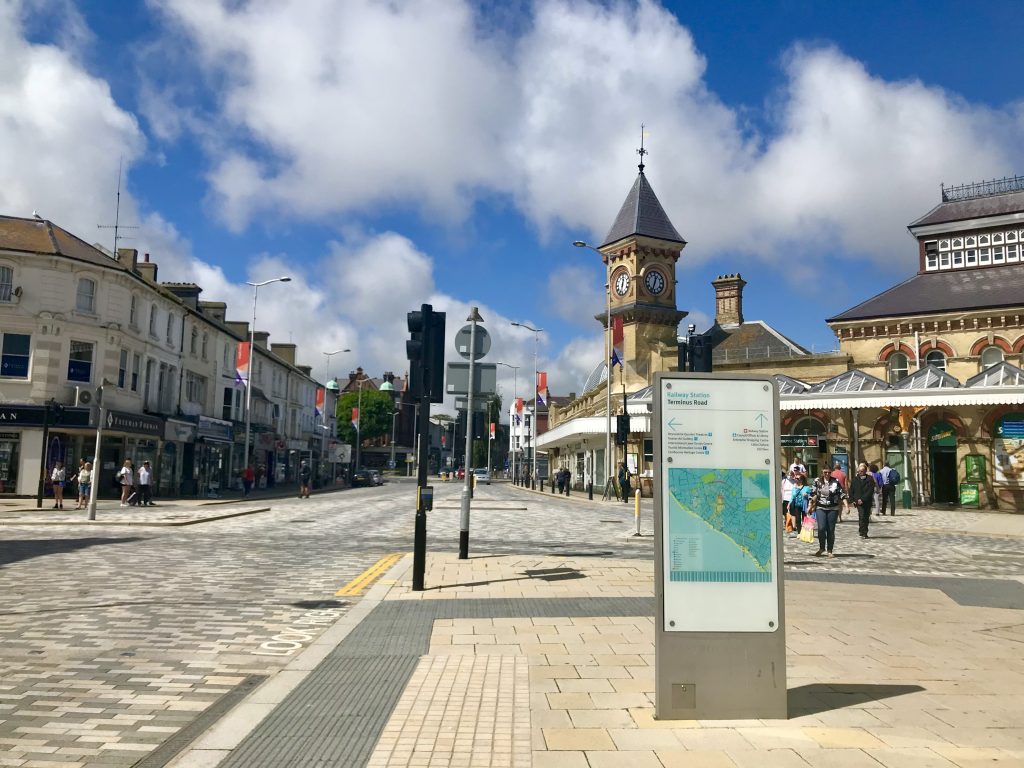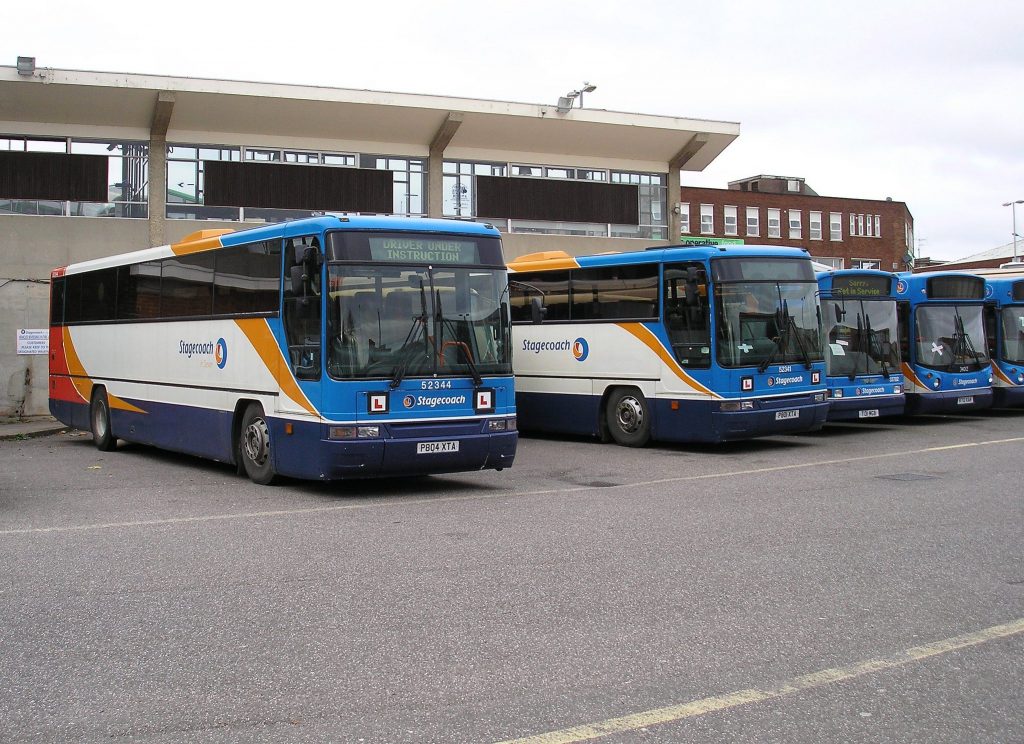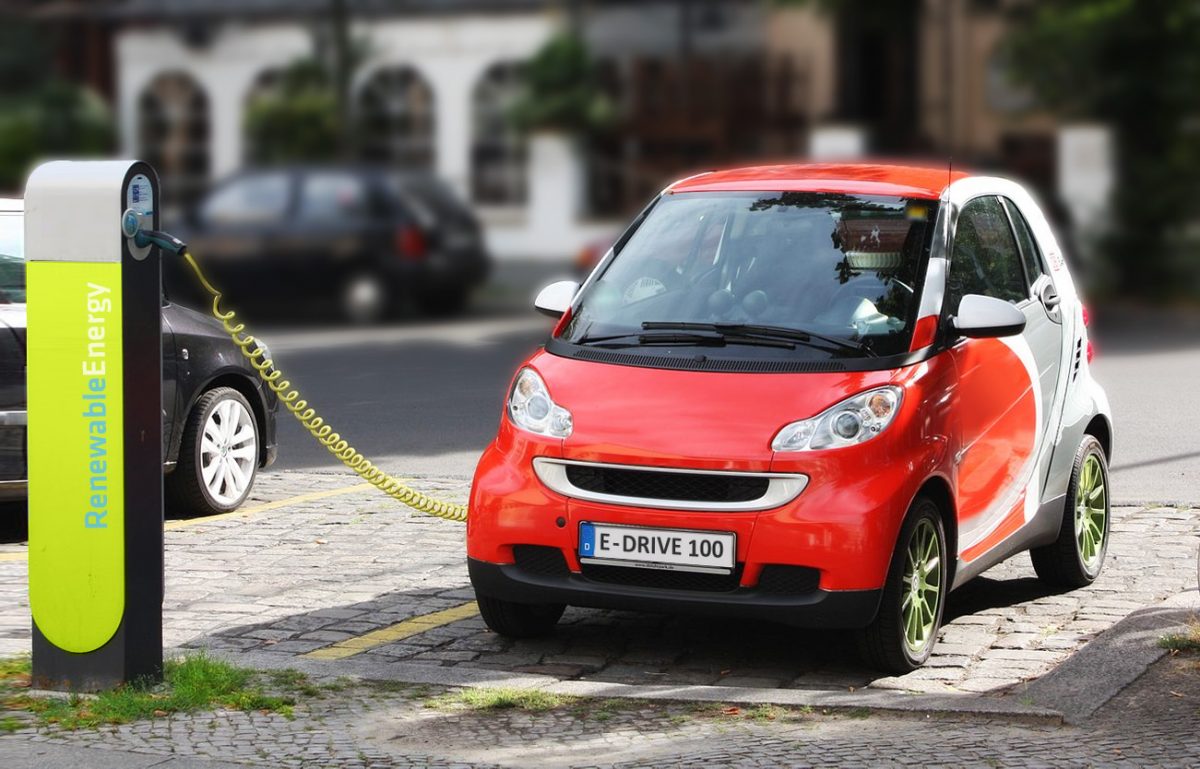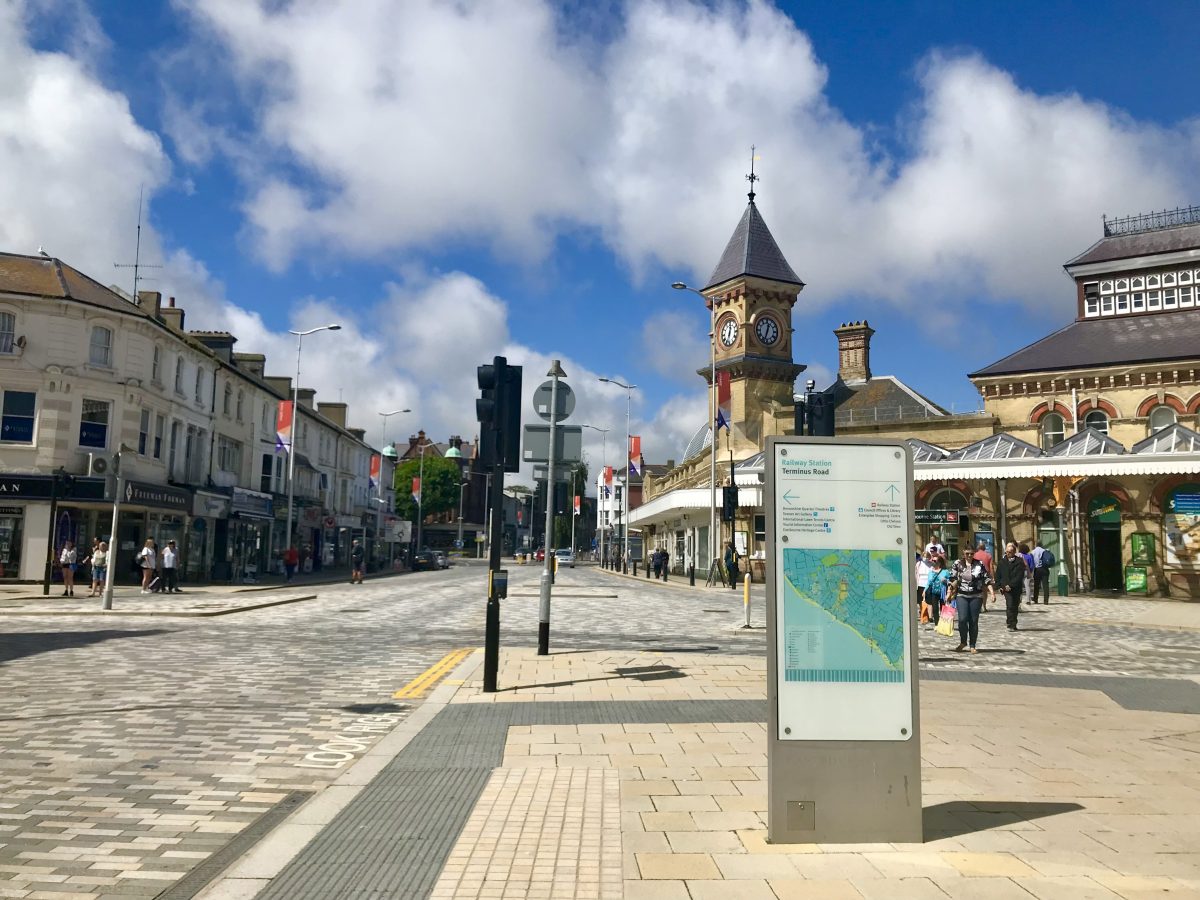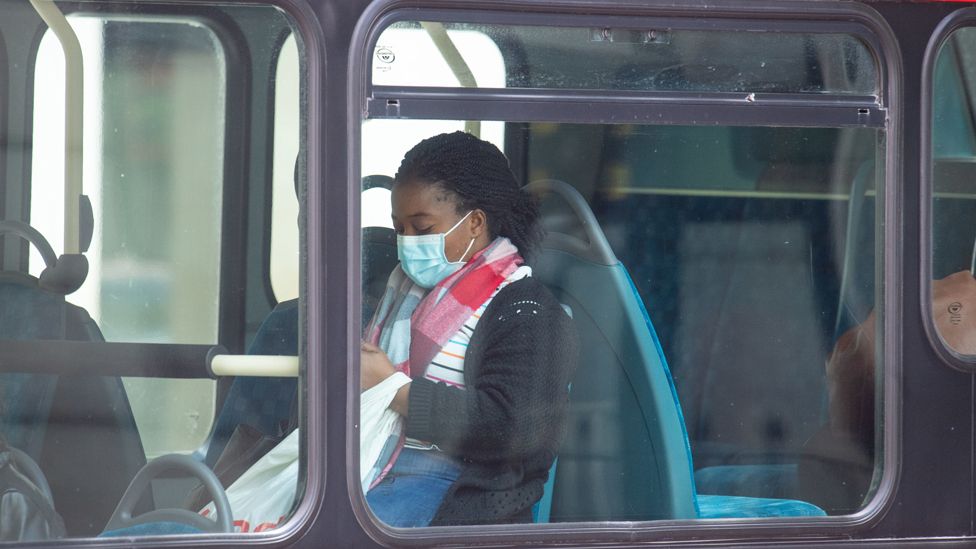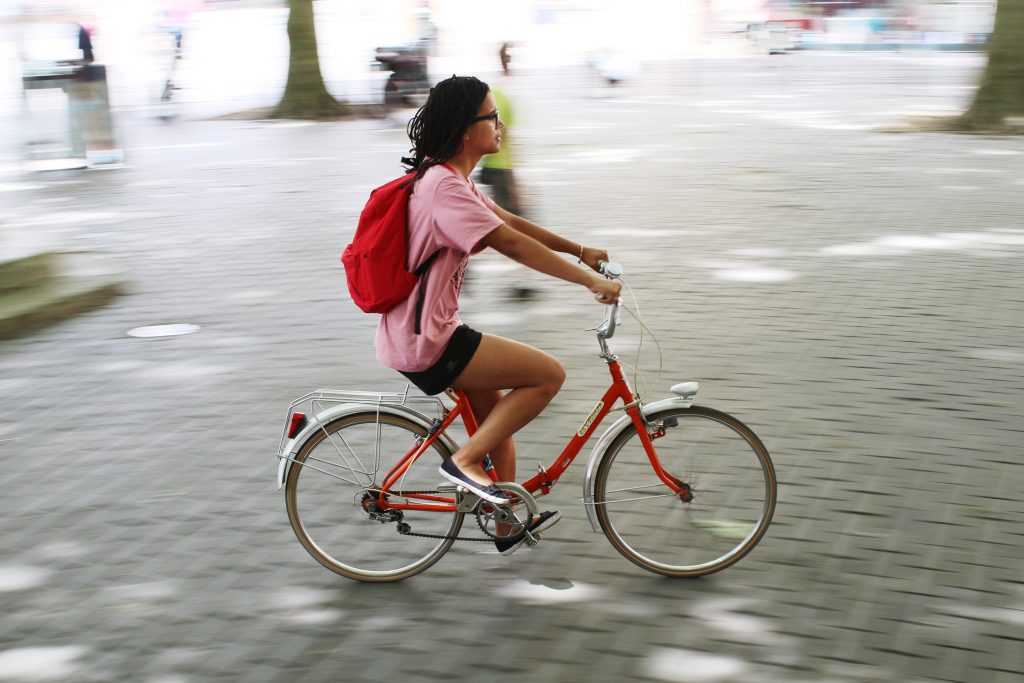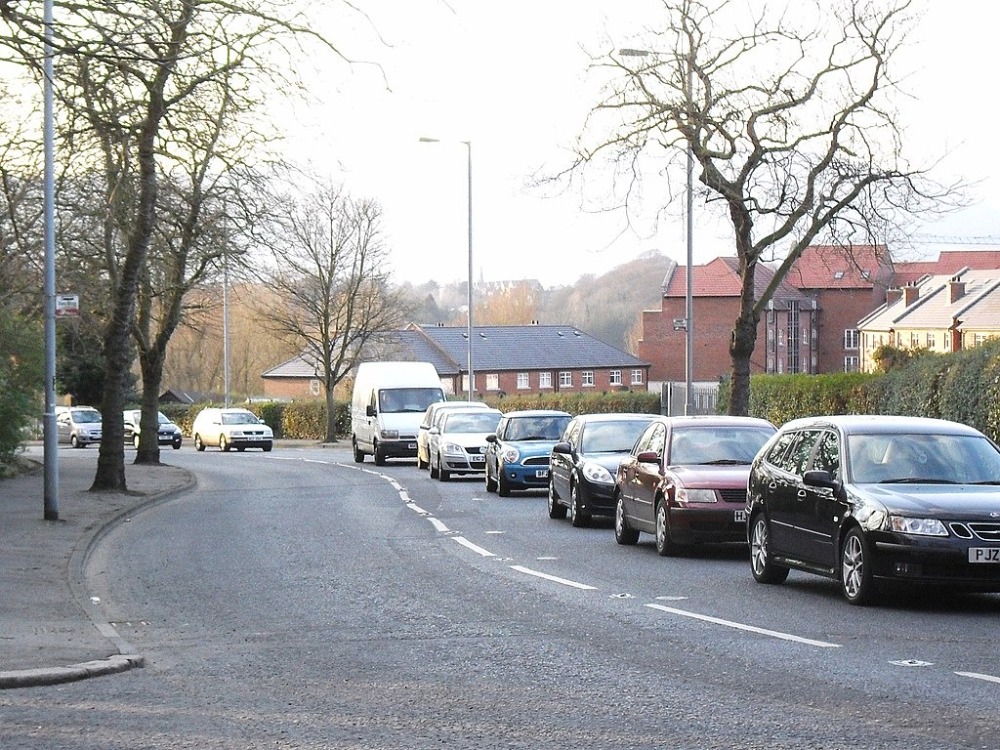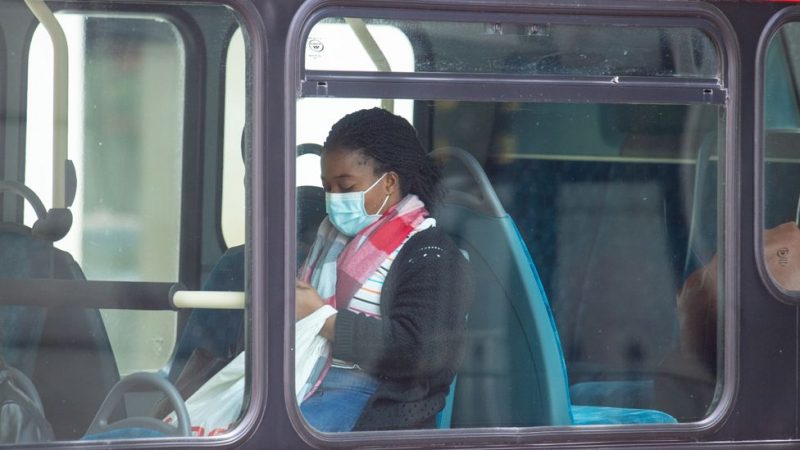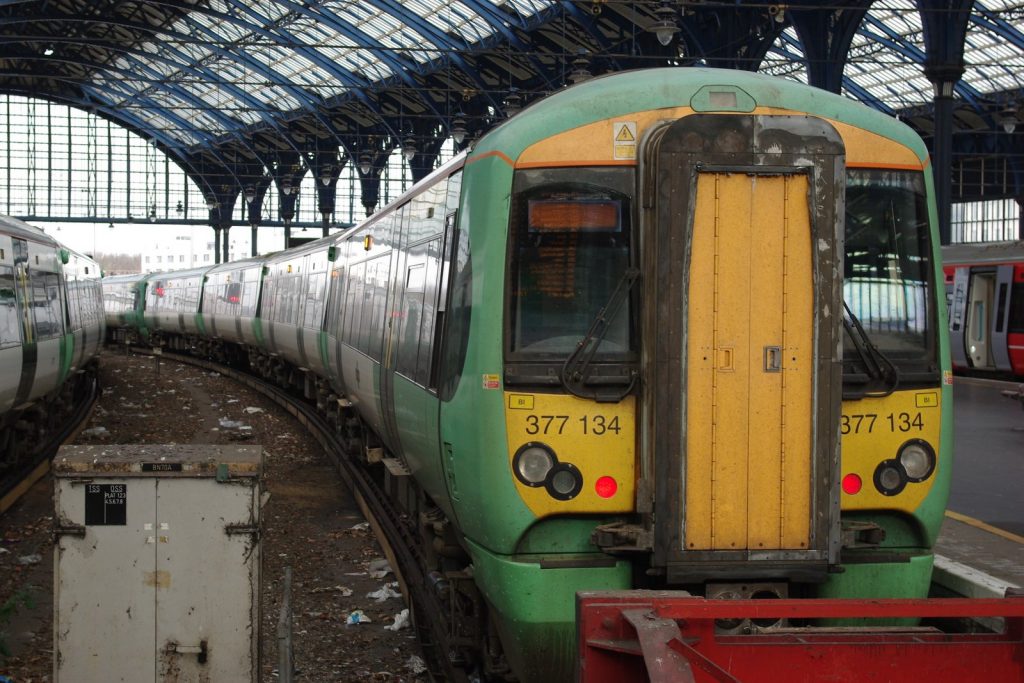Introduction
Note- Following comments and feedback new sections have been added, at the end, in indigo – 28/01/24
If you are looking to comment on the East Sussex Local Transport Plan (LTP4), you may find this blog helpful. Hopefully it provides some general guidance. Please remember a short blog cannot address all the issues.
Overall the consultation asks you to score a number of nebulous and intangible statements. For most it is hard to disagree with them. You are asked to provide an overall score on categories that are open to interpretation. These might be for example – strongly agree, agree …..disagree.
However the questions may cover areas where your response might be more nuanced.
As background you may find this blog on the shortcomings of the consultation process of some relevance.
Governance and Reporting
Most project methodologies such as Prince2 have monitoring, interim targets, reports and exception reporting. Most of these are found in the Council’s Carbon Plan .
Section 9. Governance “ Provide oversight of the delivery of the action plan .. Annual reporting to Cabinet and full County on progress “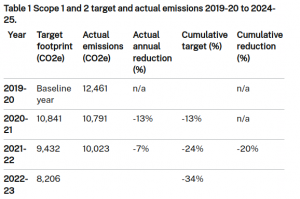
For transport an equivalent could be modal share. (The split between cars, walking, cycling ,bus and rail). This could be either around private transport (70%) or perhaps for active travel (walking, wheeling, cycling and buses) (20%). Other metrics such as the share of EVs or carbon footprints are perhaps down to national policy.
There were predicted modal share changes, in LTP3, but there appears to be no review undertaken. It is also normal for plans and projects to have a ‘lesson learnt’ process at the end. So for LTP4 , following the approach elsewhere , there should be:-
• 5 year interim targets. With perhaps one or two clear definable metrics.
• Review every 2 years
• Description of the new projects for the following 2 years.
This is described in Theme A Section 4.3 “potentially suitable KPIs [ Key Performance Indicators] …. We will establish appropriate governance to oversee the development, delivery and benefits realisation arising from schemes and policies included in this strategy.”
Action – Request that the governance, reporting and targets are more clearly stated
Modal Shares
In the plan there are a number of scenarios provided. All of them are compared to a 2050 ‘Business as Usual’ scenario . This one below is one of the more ‘optimistic’ of them. All have, to some extent, fewer cars trips and more active travel
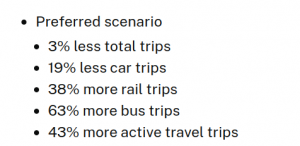
You may want to consider, as stated in LTP4, that cycle journeys are recently down. Bus journeys are still not at pre-pandemic levels and the plans for bus lanes have been severely scaled back. There has never been any evidence, of a long term reduction, in the modal share and total trips for cars. This is excluding systemic changes resulting from Covid.
The blog on the dangers of unverifiable modelling may be of interest
Action. Ask for more information how the ‘numbers’ behind the scenarios can be validated
Change of Approach by the Council
Campaigners have seen no evidence, of a change in mindset, as suggested by the LTP4 vision. This month the local bus lane plans have been severely reduced, 20 mph schemes are not considered for wide areas, cycle schemes remain very low, but a priority around cars and large road schemes remains in place
Here is an example from Transport Scotland for a clear direction to reduce national car kilometres by 20%.
“The route map does not aim to eliminate all car use. We recognise that would not be realistic or fair, especially for journeys undertaken by disabled people or in rural areas where sustainable travel options may not always be available or practical. Rather, the route map encourages all of us to reduce our over reliance on cars wherever possible and identifies four key behaviours that we want everyone in Scotland to consider each time we plan a journey:
• make use of sustainable online options to reduce your need to travel;
• choose local destinations to reduce the distance you travel;
• switch to walking, wheeling, cycling or public transport where possible;
• combine a trip or share a journey to reduce the number of individual car trips you make, if the car remains the only feasible option.”
Action – Ask how the council officers and councillors intend to change their approach to transport to support the scenarios they outline in the Plan.
Pollution and Decarbonisation
There are those who think that the issue of carbon can be addressed by a shift to Electric Vehicles (EVs). Instead of the LTP’s ‘People and Places’ the alternative of ‘Avoid Shift Improve’ is much more focussed on active travel, de-carbonisation and alternatives to the private car, even if electric.
For parking perhaps propose charges based on either CO2 or else around the size of the vehicle. You may also wish to comment on the extra journeys generated through the proposed large road schemes, such as the ‘duelled’ A27.
One aspiration, featured in this and the previous LTP, was linking ‘Land Use Planning’ and Transport. There is very little evidence for recent housing developments that this is being take seriously.
Action – If you want to encourage less polluting vehicles then ask how they will be encouraged ( E-bikes, e-scooters, and smaller greener cars)
Action – Ask for ESCC to be more positive in planning applications in supporting active travel and buses in the large car-centric housing developments especially in South Wealden.
Cycling and Walking
The Plan has many references to more walking, wheeling and cycling. However consider from data provided by ESCC, only £165k has been spent, on cycle infrastructure in the last 4 years.
Contrast this with 6.61 “Reviewing and delivering the Local Cycling and Walking Infrastructure Plan – which includes a robust pipeline of deliverable active travel schemes for networks and places – ensuring a balance of schemes to support walking, wheeling and cycling.”
Whatever is written in the LCWIP and in the Council’s budget book, the actual spend on cycling is negligible. The plan ’admits’ that those cycling once a month, in the county, have dropped, in 5 years, from 15% to 10% and is now well below the England average
In terms of walking there has been progress . However schemes that might help active travel such as 20 mph, Low Traffic Neighbourhoods , modal filters and School Streets require a change in approach from officers and councillors.
Action 1) Ask for evidence of investment, not from the Budget Book, but of actual schemes they will build.
Action 2) In the Health Impact Assessment how the general health of the population will be prioritised . This is around reducing obesity, lack of exercise and multiple chronic conditions
Scenarios
The problem of predicting future levels of traffic, is that even with no interventions, the so called ‘Business as Usual’ (BAU) in 2050, is different to now. Here is an example from Transport for South East ( TfSE). This is
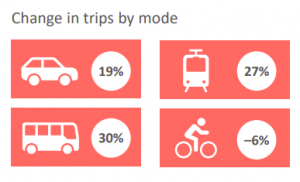 from their BAU of 2050. Then the various others scenarios are on top of this. In other words how much the trip balance will change, from BAU, with various interventions. (Note the icon with a cycle is for walking as well)
from their BAU of 2050. Then the various others scenarios are on top of this. In other words how much the trip balance will change, from BAU, with various interventions. (Note the icon with a cycle is for walking as well)
So the BAU is likely to be similar for East Sussex. Here are various scenarios from LTP4. Unless one of them is chosen then there is no effective track on progress. This may suit the Council as no real accountability exists. Plus the option of having 5 year reviews is then less valid.

Targets
Once an agreed scenario, as above, is agreed there has to be a clear plan to get there. This is called ‘backcasting’ and is the opposite of forecasting. (How do we get there v what might happen). In the image below it shows how it should be broken down into smaller time periods. Perhaps every 5 years.
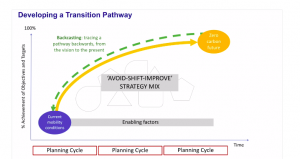
So in LTP4 there are many schemes and policies but there is no guidance, for readers, as to what would deliver the most change. During the initial workshops there were requests, to provide details as to how the algorithms generated the various scenarios . Otherwise it is a ‘black box’ with outputs that the public have to take on trust. Change would partly be achieved by the schemes and projects listed in LTP4. (Of course some change will also be through National Government). Otherwise you may mention, in your consultation reply, certain schemes that sound good to you, but actually deliver less, in terms of overall change, than another good alternative.
The targets could include :-
- modal shares
- pollution NOx PMx
- road traffic incidents
- children specific – such as trips to school
- transport poverty of each council , (that shows Eastbourne to be nearly the worst in the South of England.)
Ideally ones that are already recorded and for which there are comparisons across the UK.
Cars
If the most important consideration is reducing carbon then moving from the ‘Internal Combustion’ to Electric Vehicles will do this. Especially within the county where the manufacture and disposal is elsewhere as is most of the electricity production.
However cars are getting bigger and heavier each year. ( 0.5 cm wider p.a) . They no longer fit in car parking places. Brakes and tyres create PM2.5 pollution. When in the road they make passing harder and this increases congestion and road damage. Smaller, lighter cars need to be encouraged. Currently an EV charged at home is cheap per mile and this may encourage even more road miles. If you think road charging might reduce congestion look at this report . As mentioned earlier ‘Avoid Shift Improve’ would encourage alternatives such as more micro-mobility.
Paul Humphreys EEAN -Transport Group
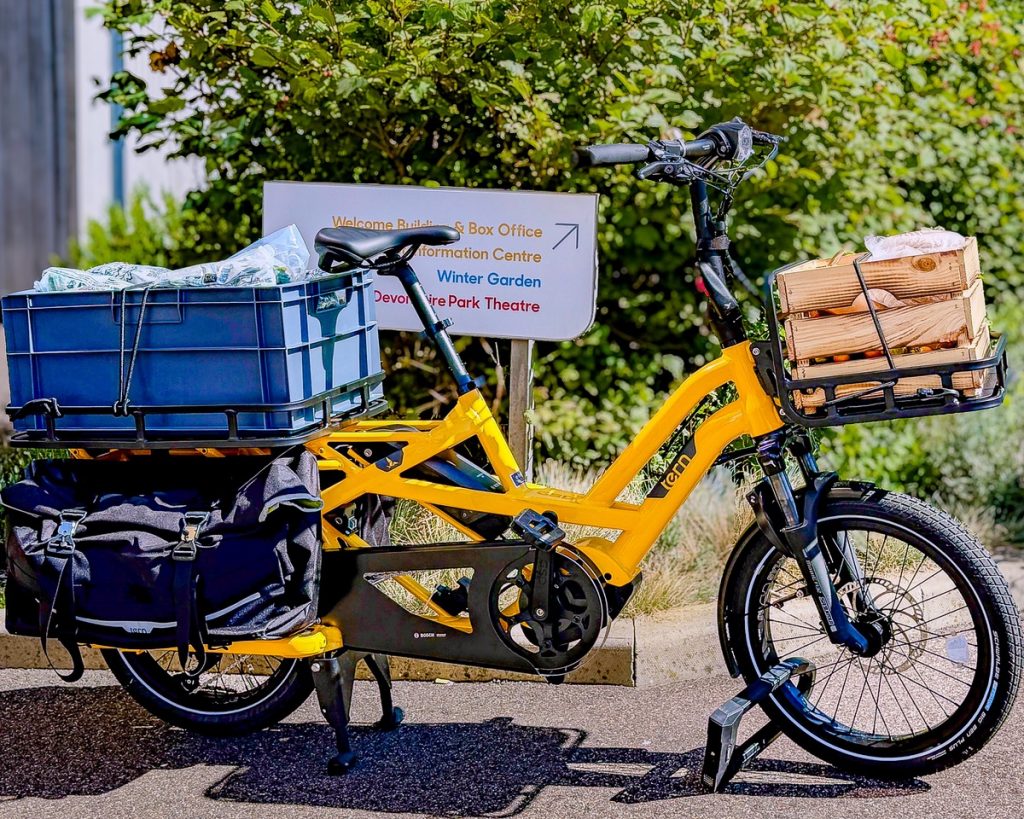
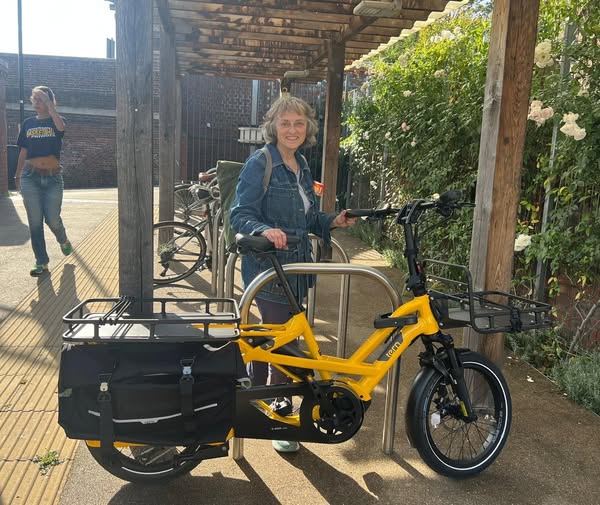
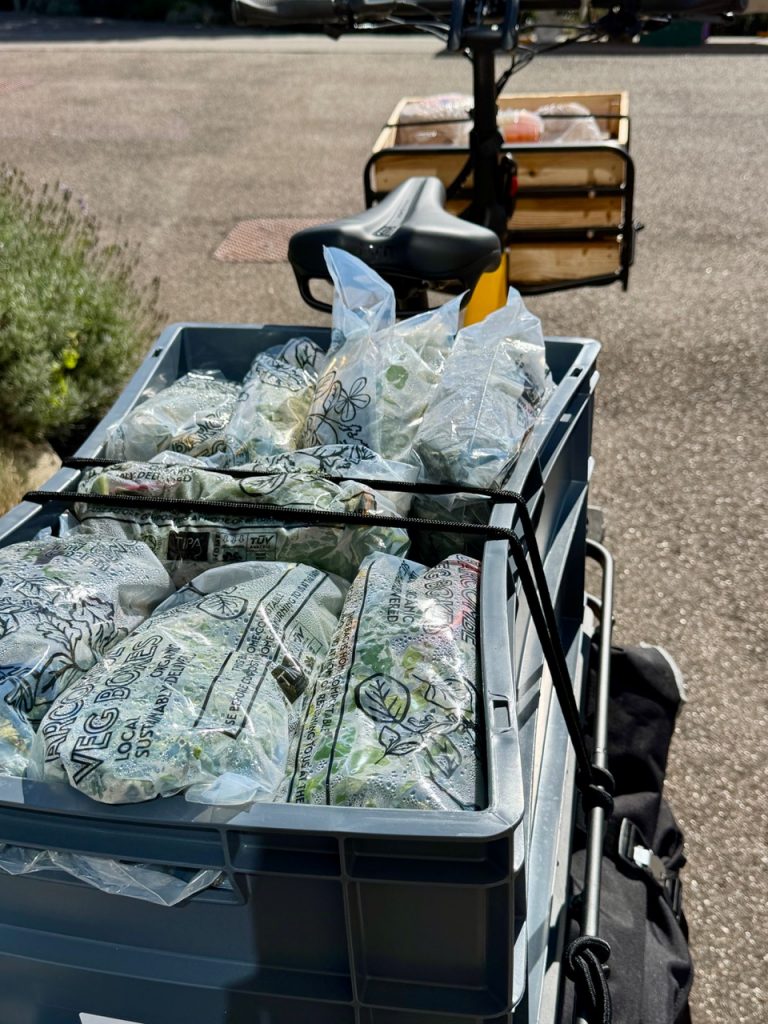
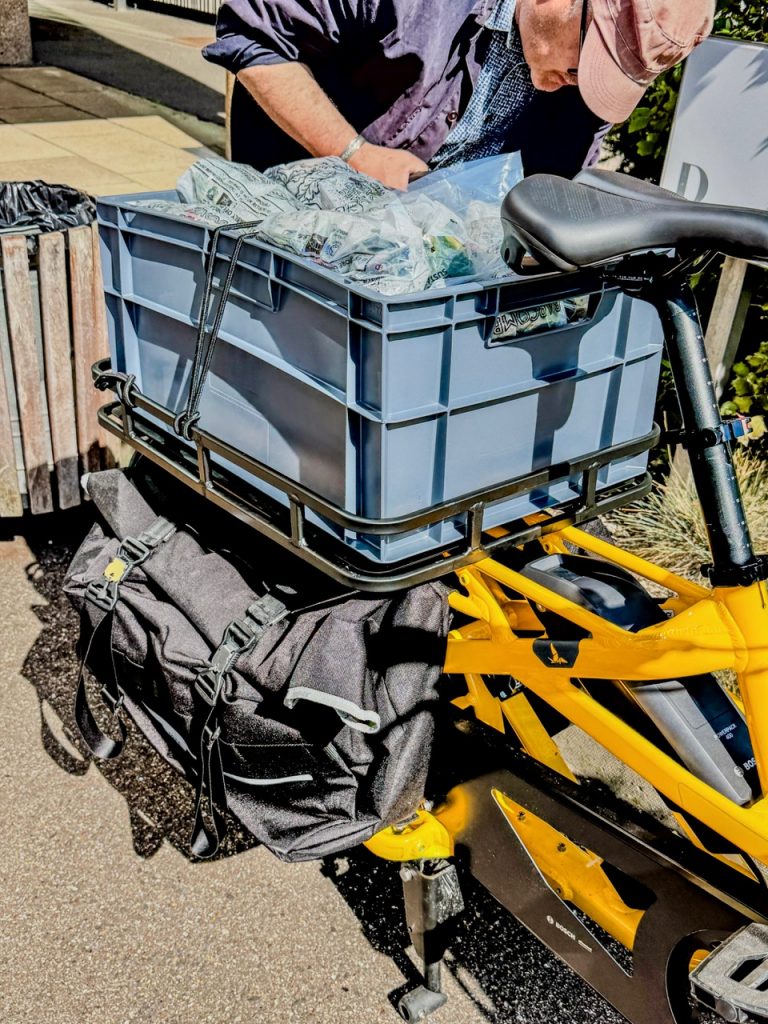
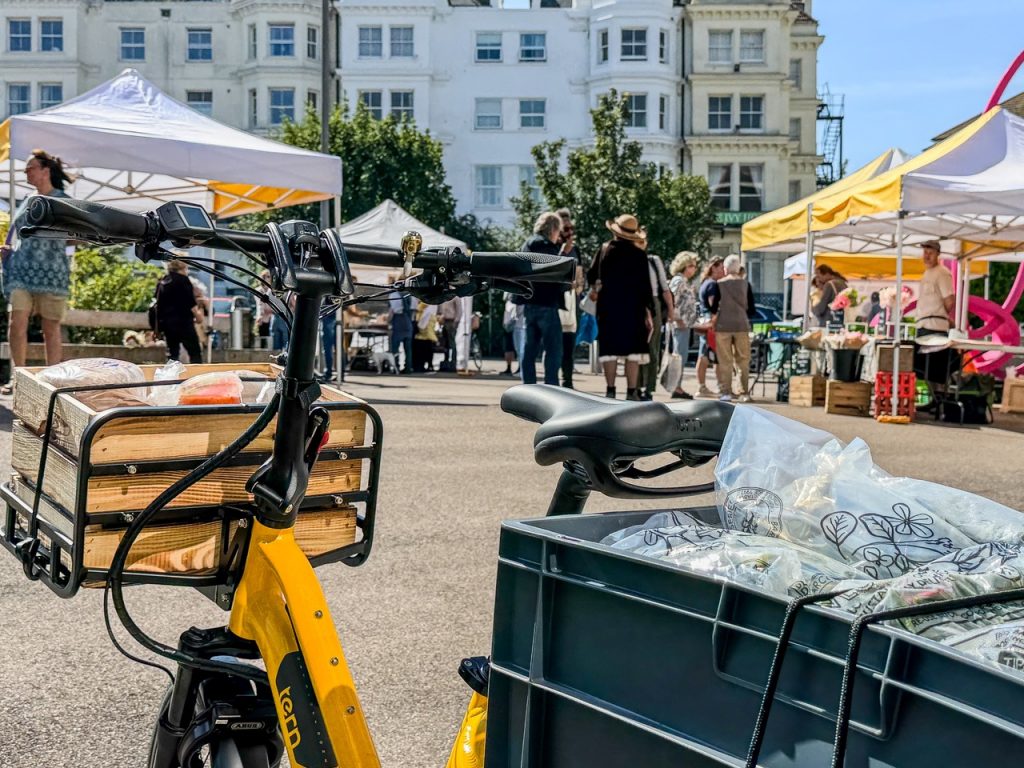

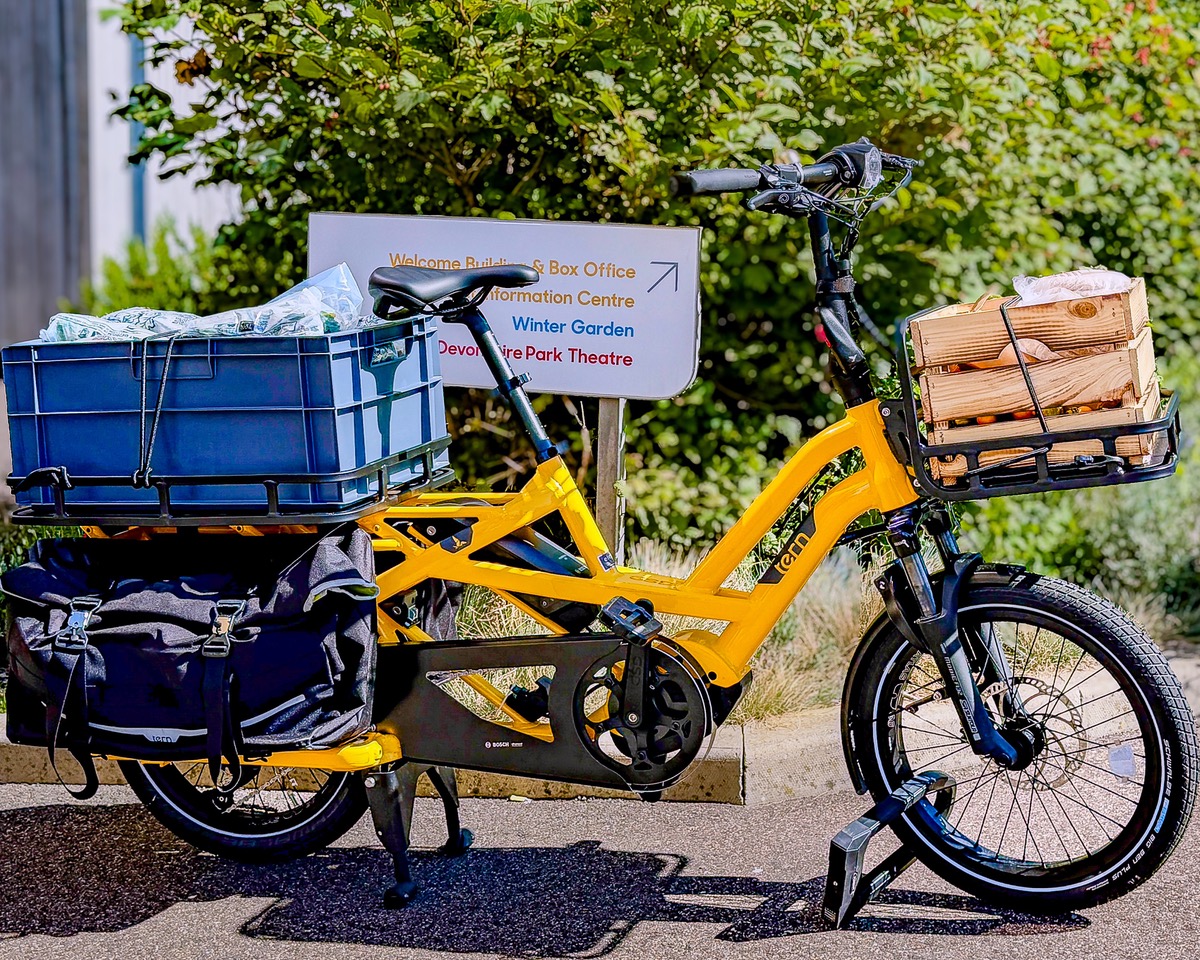

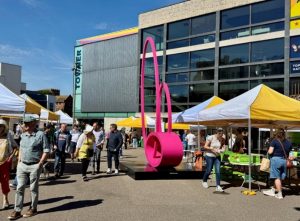
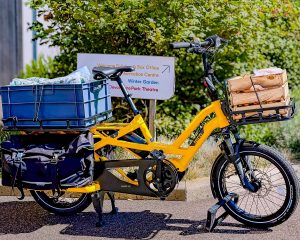
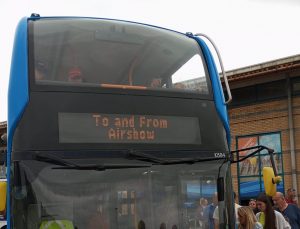




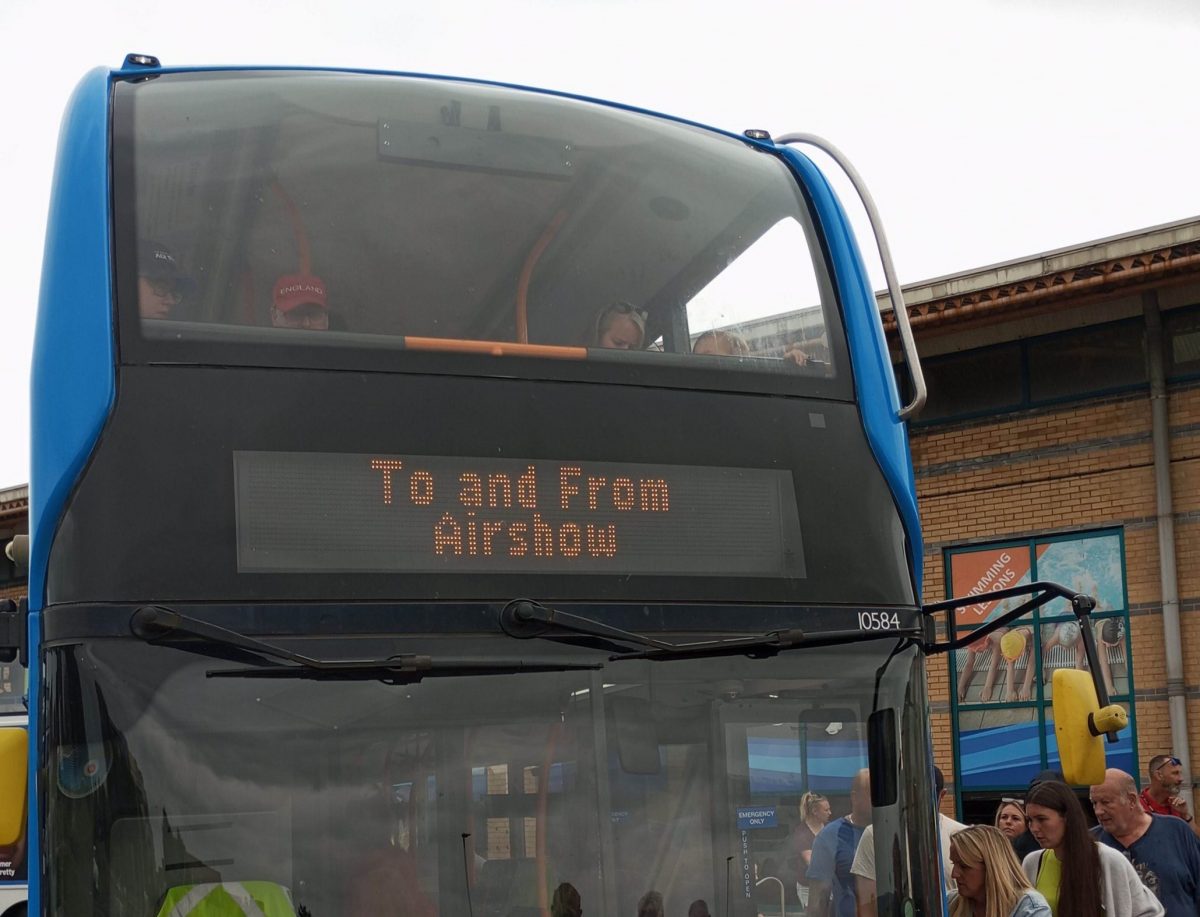
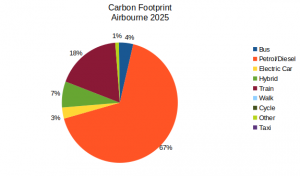
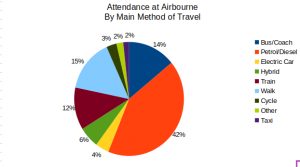
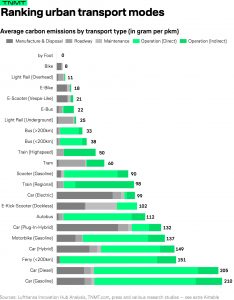
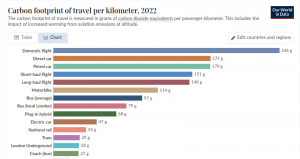
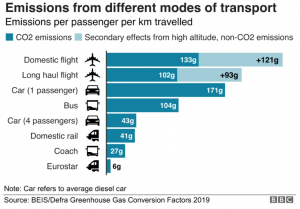
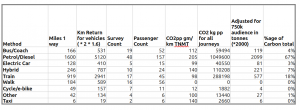
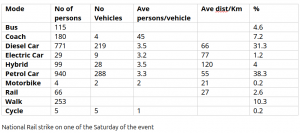

 Fewer cars will free up space for nature, housing, business and children’s play and reduce congestion. Policy documents have recognised this over 50 years: delivery on the ground is sadly the exception. The new
Fewer cars will free up space for nature, housing, business and children’s play and reduce congestion. Policy documents have recognised this over 50 years: delivery on the ground is sadly the exception. The new 







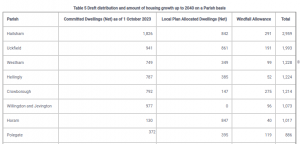

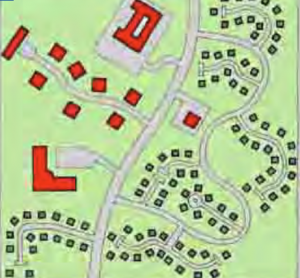
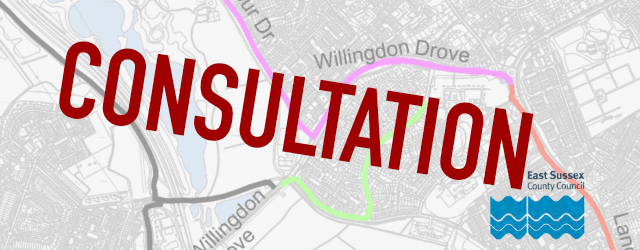


 from their BAU of 2050. Then the various others scenarios are on top of this. In other words how much the trip balance will change, from BAU, with various interventions. (Note the icon with a cycle is for walking as well)
from their BAU of 2050. Then the various others scenarios are on top of this. In other words how much the trip balance will change, from BAU, with various interventions. (Note the icon with a cycle is for walking as well)

